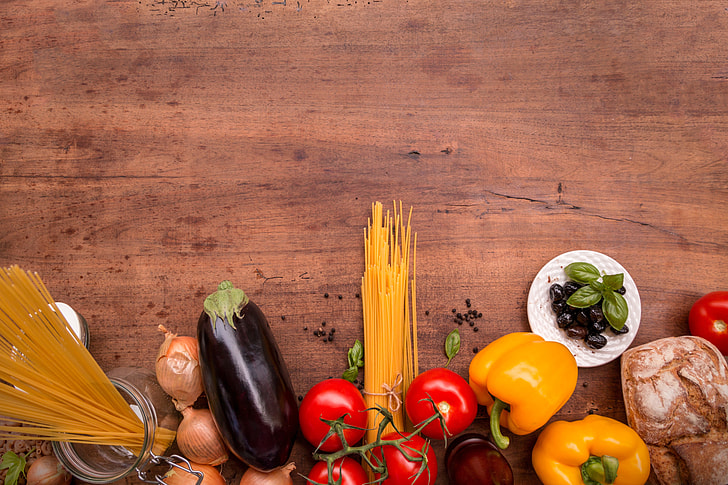Growing Peppers Indoors – Guidelines & Tips
Growing peppers indoors can be a great way to enjoy your own homegrown peppers throughout the year without worrying about pests or unpredictable weather conditions. Planting peppers indoors is not much different than planting them outdoors, but it does come with its own set of challenges. Read on to learn the guidelines and tips for growing peppers indoors.
Types of Peppers To Plant
When it comes to growing peppers indoors, you’ll want to select varieties that are compact and prolific producers. Bell peppers are one of the most popular types of peppers to grow indoors, as they are low-maintenance and produce plenty of fruits. Other types of peppers to consider for indoor growing are jalapenos, poblanos, and Cubanelles.
Light Requirements
Peppers need at least 8 hours of direct sunlight to thrive, but when growing indoors, you’ll want to supplement sunlight with artificial lighting. LED or fluorescent lights placed 3-5 inches from your plants should be enough to keep them happy. Make sure to turn the lights on and off on a daily schedule to keep the plants from getting too much or too little light.
Water & Soil Requirements
Peppers prefer soil that is loamy, nutrient-rich, and well draining. You can purchase soil specifically for peppers, or use a potting mix that is designed for vegetables. Make sure to keep the soil moist, but not soggy. You should also water from the bottom of the pot, as it is less likely to disturb the roots and will ensure better absorption of the water.
Pruning & Feeding
Pruning your peppers is important for encouraging and maintaining healthy plants. Removing dead leaves and stems is a great way to promote new growth. You should also fertilize your peppers every few weeks with something specifically formulated for vegetables. This will help to give them the nutrients they need to bear fruits.
Harvesting & Storage
When left to mature, pepper fruits will turn red, orange, yellow, or green depending on the variety. Harvest peppers by cutting them off the stem with a pair of scissors or pruning shears. For long-term storage, you can pickle your peppers or freeze them. Storing them in the refrigerator will also keep them fresh for several weeks.
Conclusion
Growing peppers indoors can be a rewarding experience, but it requires a bit of effort and patience. Now that you know the guidelines and tips for growing peppers, you’ll be able to have an abundance of peppers all year long.



